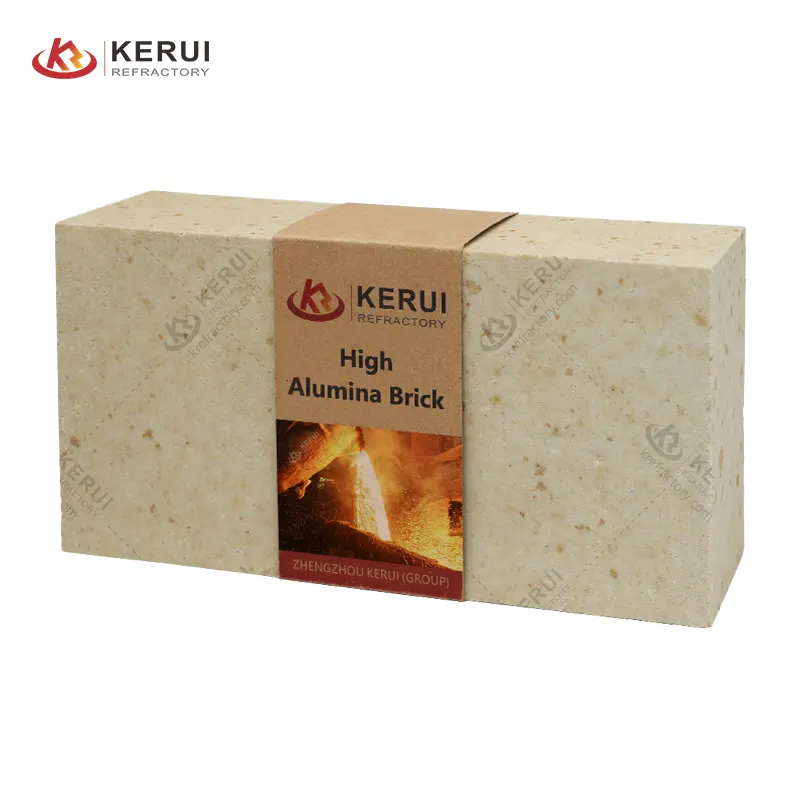Article Navigation
- Introduction to Kiln Lining Materials
- Key Differences: Castables vs. Firebricks
- Technical Performance Comparison
- Application-Specific Recommendations
- Installation and Cost Analysis
- Case Studies: Real-World Solutions
- Conclusion
1. Introduction to Kiln Lining Materials
Refractory materials are the backbone of kiln durability and energy efficiency. The debate between refractory castables (monolithic linings) and Refractory bricks (pre-shaped units) hinges on factors like thermal stress, chemical exposure, and project complexity. This guide compares their properties, costs, and ideal applications, empowering engineers to make informed decisions for kiln construction or relining.


2. Key Differences: Castables vs. Refractory bricks
2.1 Material Composition and Forms
| Parameter | Refractory Castables | Firebricks |
|---|---|---|
| Form | Unshaped mixtures (powder + aggregates + binder) | Pre-fired, shaped bricks |
| Installation | Poured, vibrated, or gunned | Laid with mortar, staggered joints |
| Curing | Requires 24–72 hours of drying and heat treatment | Ready-to-use after mortar sets (12–24 hrs) |
2.2 Advantages and Limitations
| Aspect | Castables | Firebricks |
|---|---|---|
| Complex Shapes | Seamless lining for curved/warped surfaces | Limited to standard shapes; cuts required |
| Thermal Shock | Moderate resistance (depends on binder) | High resistance (pre-fired structure) |
| Repairability | Easy patching of damaged areas | Requires brick replacement |
| Labor Cost | Higher (skilled labor for mixing/pouring) | Lower (simpler bricklaying) |
3. Technical Performance Comparison
3.1 Critical Properties
| Parameter | Refractory Castables | Firebricks | Test Standard |
|---|---|---|---|
| Max Service Temp | 1600–1800°C (alumina-based) | 1400–1750°C (high alumina) | ASTM C113 |
| Cold Crushing Strength | 30–100 MPa | 20–60 MPa | ASTM C133 |
| Thermal Conductivity | 1.0–2.5 W/m·K (insulating types) | 1.5–3.5 W/m·K | ASTM C201 |
| Abrasion Resistance | Moderate (improves with additives) | High (dense structure) | ASTM C704 |
3.2 Lifespan and Maintenance
- Castables: 5–8 years (subject to cracking if improperly cured).
- Firebricks: 7–15 years (if high-quality bricks and mortar are used).
4. Application-Specific Recommendations
4.1 When to Choose Castables
- Complex Geometries: Rotary kiln tires, cyclones, irregular furnace roofs.
- Rapid Repairs: Emergency patching in cement kiln transition zones.
- Insulation Needs: Low-conductivity linings (e.g., ceramic fiber-reinforced castables).
4.2 When to Choose Refractory bricks
- High Abrasion Zones: Kiln floors in slag-handling areas.
- Extreme Thermal Cycling: Glass tank regenerators.
- Chemical Resistance: Acidic environments (e.g., silica bricks in coke ovens).
5. Installation and Cost Analysis
5.1 Installation Workflow Comparison
| Step | Castables | Refractory bricks |
|---|---|---|
| Surface Prep | Anchors/wire mesh installation | Cleaning, mortar mixing |
| Material Prep | Mixing with water (precision required) | Cutting bricks to fit |
| Curing | 24–72 hrs at 10–40°C + gradual heating | 12–24 hrs for mortar setting |
5.2 Cost Breakdown (Per Ton)
| Cost Factor | Castables | Refractory bricks |
|---|---|---|
| Material | $800–$1,500 | $1,200–$2,000 |
| Labor | $300–$600 | $200–$400 |
| Equipment | Mixers, vibrators | Cutting tools, trowels |
6. Case Studies: Real-World Solutions
6.1 Cement Rotary Kiln Transition Zone
- Challenge: Frequent spalling due to thermal cycling (1200–1450°C).
- Solution: Switched from firebricks to phosphate-bonded castables.
- Result: 40% longer campaign life, reduced downtime.
6.2 Steel Reheating Furnace
- Challenge: Slag corrosion in hearth areas.
- Solution: Magnesia-carbon bricks (firebricks) with resin mortar.
- Result: 3x lifespan vs. traditional alumina castables.
7. Conclusion
The choice between refractory castables and Refractory bricks depends on operational priorities:
- Castables excel in complex shapes, rapid installation, and seamless linings.
- Firebricks dominate in high-abrasion, high-thermal-shock, and chemically aggressive zones.
For optimal performance:
- Use castables in rotary kiln hoods or irregular geometries.
- Deploy firebricks in static, high-wear areas like kiln floors.
- Always validate material certifications (e.g., ASTM, ISO) and conduct pre-installation trials.





